
A pin insulator is a type of electrical insulator designed to support and insulate the conductors from the support structures. It consists of a ceramic or glass insulator body with a metal pin or spindle inserted through the center. The insulator body has a flange at one end for mounting to a crossarm. The other end has a groove which holds the conductor in place. The pin insulator is to provide electrical insulation between the conductor and the support structure. This prevents the electric current from, flowing through the structure and grounding. Pin insulators help maintain the integrity and reliability of the electrical system. It also has a mounting configuration that allows the insulator to support the weight of the conductor. They find use in applications such as transmission and distribution and telecommunication lines.
Properties of a pin insulator
Every pin insulator design has different designs that help ensure the safe and efficient transmission of electricity. The properties help to recognise the best pin insulators to use for your specific needs. Pin insulators provide electrical insulation, mechanical support, durability and resistance to pollution. The properties also help to understand the performance of a pin insulator. The following are the common properties of the pin insulator.
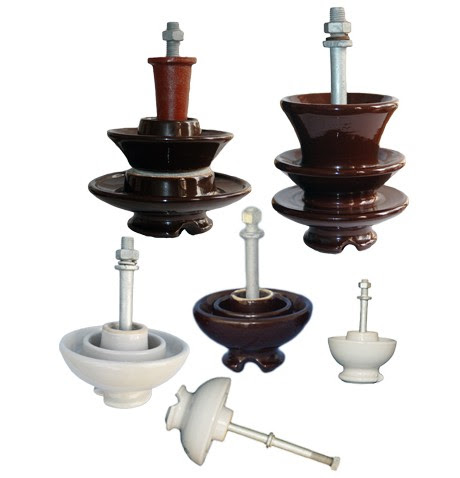
- Resistance to pollution – pin insulators have designs to resist pollution or contaminants. Pollution can degrade insulating materials. They have smooth surfaces which prevent buildup of dirt, dust, moisture and pollutants.
- Mechanical strength – the insulators should support the weight of the conductors and withstand mechanical stresses. This helps to maintain their structural integrity and provide stable support for conductors.
- Electrical insulation – the insulators provide electrical insulation between the conductor and the support structures. This prevents electrical current from flowing through the structure.
- Temperature resistance – the insulators are able to withstand a wide range of temperatures without degradation. The property helps to maintain reliable performance in various conditions.
- Corona performance – the insulators are able to reduce the corona discharge. They have smooth surfaces to reduce corona discharge and ensure efficient energy transmission.
- Dielectric strength – pin insulators are also able to withstand high electrical voltages without breakdown. Dielectric strength is the greatest electric field an insulator can withstand before breakdown.
- Durability – they are from materials such as porcelain or glass. These materials resist environmental factors and provides durability. This helps to ensure the long-term performance and reliability of the insulator.
Functions and uses of pin insulators
Pin insulators serve several purposes in overhead transmission and distribution systems. They help to ensure the reliable and efficient transmission of electricity. Additionally, it is advisable to consult with industry experts for guidance on the various uses of the pin insulators. This helps to meet the specific requirements of your applications. The following are the common uses and functions of the pin insulators.
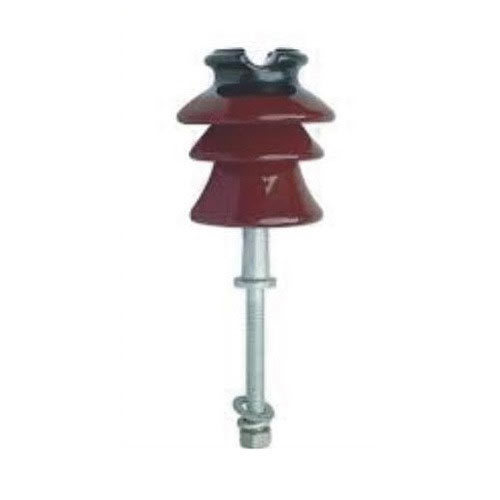
- Voltage distribution – pin insulators help to maintain proper spacing and separation between conductors. This helps to allow efficient voltage distribution and reduces the risk of electrical arcing between adjacent lines.
- Pollution resistance – the insulators help to resist pollution or contaminants. This is including dust, dirt, salt or industrial emissions. They feature smooth surfaces and special coatings to reduce buildup of contaminants.
- Corona control – the insulators have designs to reduce corona discharge which occur at high-voltage points on the insulator. It leads to energy loss, radio interference and insulator damage.
- Environmental protection – the insulators protect the conductors from environmental factors. This is including moisture, UV radiation and temperature fluctuations. This helps to maintain the integrity and longevity of the transmission line components.
- Mechanical support – pin insulators assist as mechanical supports for the conductors. They aid to bear the weight of the conductors and distribute the mechanical stresses along the transmission line.
- Electrical insulation – this is the main function of the pin insulators. They provide electrical insulation between the conductors and support structures. This helps to prevent current leakage. It also ensures electricity flows through the conductor without grounding the structure.
- Safety – pin insulators enhance the safety of transmission systems by providing electrical insulation. They help prevent electrical faults, power outages and safety hazards.
How does a pin insulator work
A pin insulator helps to improve the efficiency and reliability of overhead transmission lines. this is by providing electrical insulation and mechanical support for the conductors. The pin insulators help to ensure the safe and efficiency power transmission. This benefits consumers, utilities and electrical grid. The following is a breakdown of how the pin insulator works.
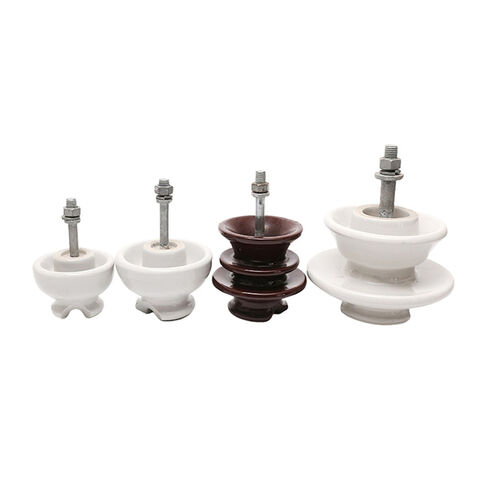
- Electrical insulation – the pin insulator provides electrical insulation for the conductors. Prevention of electrical current helps maintain the integrity of the electrical system. The insulation from the insulator reduces energy loss due to leakage currents and prevents short circuits. This helps the system to operate with reduced energy losses and improved power delivery.
- Resistance to environmental factors – the insulators are able to withstand environmental factors. This is including UV radiation, moisture, temperature fluctuations and pollution. This helps to maintain the insulators electrical and mechanical properties.
- Mechanical support – a pin insulator provides mechanical support for the conductors. It also distributes the mechanical stresses along the transmission lines. this helps to prevent sagging, swinging and other forms of mechanical deformation. Mechanical support ensures the transmission line maintains its proper alignment and tension.
- Reduced maintenance needs – the insulators help to reduce the need for frequent maintenance and repairs. This enables the transmission line to operate more reliably and with lower costs. They are also easy to install which reduces downtime and disruptions.
Signs of a failing pin insulator
Pin insulators need regular maintenance and inspections to ensure the continued performance in your application. It is thus advisable to check for different signs that may lead to failure of the pin insulator. Identifying these signs and addressing them helps to prevent electrical faults and power outages. Additionally, it is advisable to consult with experts for insights on the best maintenance practices. The following are the signs to look out for.
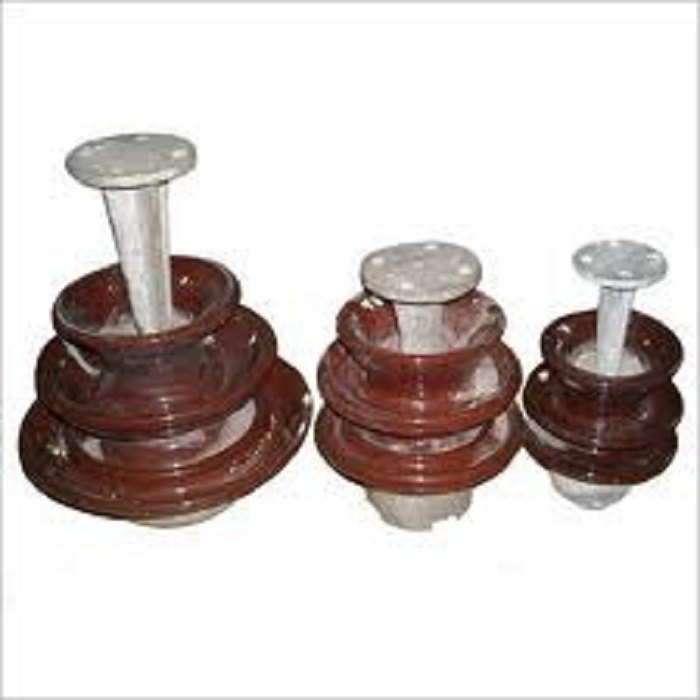
- Cracks – check the surface of the pin insulator for visible cracks, chips or other signs of damage. cracks can lead to electrical breakdown and mechanical failure.
- Discoloration – dark spots on the surface of the insulator shows the presence of pollution, contaminants or discharge. Discoloration can affect the insulators performance and increase the risk of flashovers.
- Leakage currents – conduct regular electrical testing to detect increased leakage currents. Leakage current may show contamination or degradation which can lead to electrical leakage. It may also lead to reduces insulation resistance and potential electrical faults.
- Corona discharge – this may occur at high voltage points and show localized breakdown of the insulation. Corona discharge can lead to energy loss, radio interference and increased deterioration of the insulator.
- Excessive vibration – this may show mechanical instability of loosening of the mounting hardware. This can compromise the insulators mechanical support and increase the risk of conductor damage.
- Insulator contamination – accumulation of dirt, dust and pollutants on the insulator surface can compromise the insulating properties. Frequent cleaning and maintenance help to prevent contamination-related issues.
- Increased arcing – these are mostly observed during high humidity, pollution or electrical load. They can result in power outages, equipment damage and safety hazards.
- Visual inspections – this helps to identify signs of deterioration, damage or abnormal behaviour.
Fittings and accessories used with pin insulators
There are several fittings that work with pin insulators to ensure safety and reliability of the transmission lines. they help to enhance their performance, functionality and reliability. They also help to protect the equipment, personnel and the environment from electrical hazards. The following are the common accessories used with pin insulators.
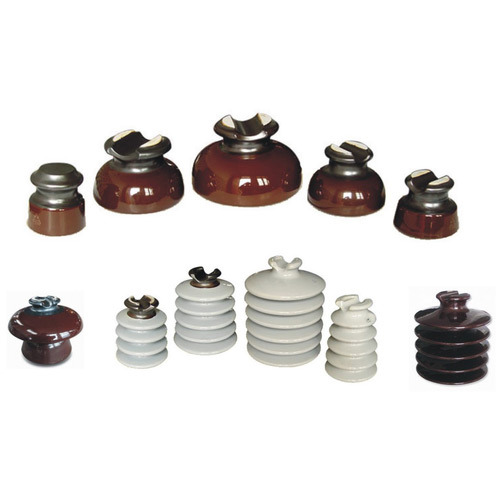
- Insulator pins – these are metal components that secure the pin insulator to the support structure. They help to provide a stable connection point and help distribute mechanical stresses.
- Clamps – these help to secure the conductors to pin insulators and provide electrical and mechanical connections. They are able to accommodate different conductor sizes, types and installation requirements.
- Spacer dampers – spacer dampers help to maintain proper spacing between conductors on multi-conductor transmission lines. they help prevent galloping, fluttering or other forms of conductor movement.
- Crossarms and brackets – these attach to the support structures to hold many pin insulators in place. They provide mounting points for the insulators and help maintain the spacing between conductors.
- Grounding devices – these include ground wires or bonding jumpers used to ground pin insulators. They provide protection against lightning strikes, transient overvoltages and fault currents.
Frequently asked questions
A pin insulator is a type of insulator used in overhead transmission lines to support and insulate conductors. It works by providing electrical insulation and mechanical support to prevent current flow through the support structures.
Common types include standard pin insulators, long rod insulators, shackle insulators, line post insulators and composite pin insulators. They work in overhead transmission and distribution lines for medium to low voltage applications.
These signs include cracks, discoloration, increased leakage currents, corona discharge and excessive vibrations.
